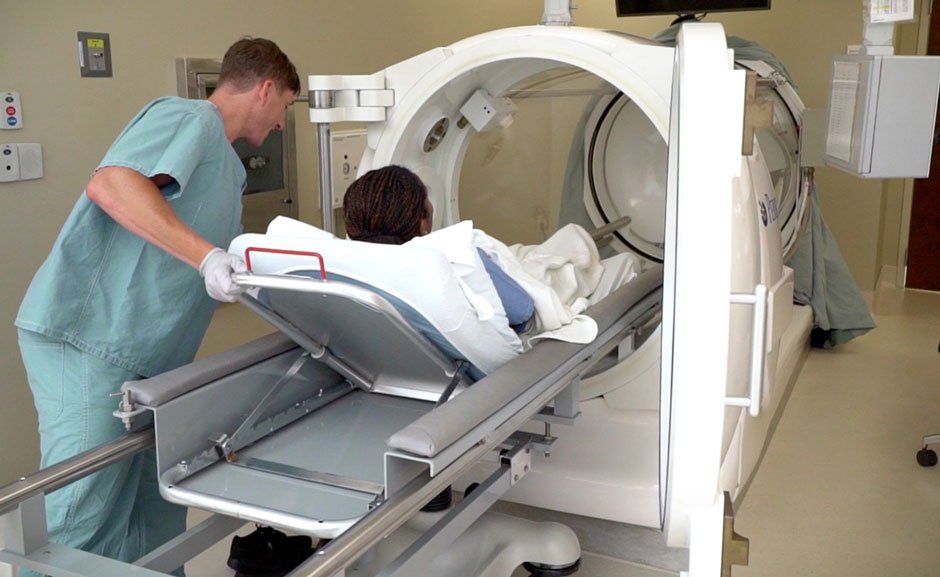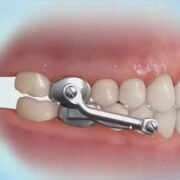Hyperbaric Oxygen therapy (HBOT) has come a long way from its roots of treating diverse illnesses and chronic wounds. It’s now revolutionizing the field of cancer research. This unprecedented breakthrough is garnering attention for being able to safely deliver oxygen at higher pressures, further uncovering its capabilities in taking on tumors.
In doing so, cutting-edge research has begun to tease out how this approach could transform potential outcomes of conventional treatments as well as minimize side effects and escalate our grasp of tumor biology. With the aim of giving us an unprecedented edge in the war against cancer.
Frankly, there have been a lot of interests surrounding HBOT research and its effect on cancer, offering fresh hope in our tireless fight against this illness.
Our focus in this post is to examine several ways through which the use of HBOT can positively impact cancer. Here are some of those instances:
- Improved Oxygenation: HBOT involves the administration of high-pressure oxygen, which can lead to increased oxygen delivery to tissues. Tumors often have areas with poor blood supply, resulting in hypoxia (low oxygen levels), which can make cancer cells more resistant to treatment. HBOT can help overcome this by delivering oxygen directly to tumor sites.
- Reducing Side Effects: HBOT may help reduce certain side effects of radiation therapy, especially in cases where damage to normal tissues is a concern. The way it does that is by boosting the oxygen levels around healthy tissue—which helps reduce the chances of damaging them through radiation.
- Increasing Sensitization of Tumor Cells During Radiation: Some studies suggest that exposing cancer cells to high levels of oxygen before radiation therapy can make the cells more vulnerable to radiation, potentially enhancing the effectiveness of radiotherapy.
- Inhibiting Angiogenesis: HBOT has been studied for its potential to inhibit angiogenesis, the process of new blood vessel formation. This could be advantageous in limiting the blood supply to tumors, slowing their growth.
- Improved Immune Functionality: Recent studies have raised the prospect of HBOT’s potential to bolster the human immune system. This advancement has astonished those in the cancer field, as a more resilient immune system is capable of identifying and eradicating cancerous cells with increased accuracy.
- Prohibition Inflammation: HBOT can have anti-inflammatory effects, which may help alleviate some of the inflammation associated with cancer or its treatment, improving patient comfort and quality of life.
- Supporting Hyperthermia Therapy: Hyperthermia therapy, which involves raising body temperature to treat cancer, may be enhanced by HBOT. The increased oxygen levels can make hyperthermia more effective in killing cancer cells.
- Healing of Wounds: For cancer patients who have faced the knife, hyperbaric oxygen therapy (HBOT) has been known to speed up their recovery process – helping them overcome any potential effects of the surgery or possibilities arising out of treatment for cancer.
- Complimenting Other Treatment Methods: Hyperbaric oxygen therapy is not a standalone treatment for cancer cases. Rather, it should be seen as a treatment that complements other standard treatments such as radiation, surgery, and chemotherapy. The aim is to make those treatments more effective.
- Alleviating Cancer Stem Cells: Wow, there’s been a ton of research lately into the power of Hyperbaric Oxygen Therapy to help snuff out cancer stem cells. This will certainly be a game-changer in the field of cancer research if all the research works out as expected.
Comprehending the use of HBOT in cancer treatment is a work in progress. For sure, if you’re considering taking up this venture as your cancer treatment, only do so with the aid of your healthcare provider combined with standard cancer treatments. The importance of individualized treatment strategies in the field of hyperbaric oxygen therapy cannot be overemphasized.
A Few Ongoing HBOT Research on Cancer
The landscape of utilizing Hyperbaric Oxygen Therapy (HBOT) and hyperbaric oxygen chambers in combating malignant diseases is evolving swiftly. While there have been promising results, it’s crucial to recognize that the protocols for employing HBOT and hyperbaric oxygen chambers in cancer treatment are still in the early stages of development.
As such, many scientists are still innovating and tinkering with it! But here are a few developing areas we know of related to HBOT and its efficacy against cancer:
- Radio-sensitization: It appears that science has been looking into the fascinating idea of boosting oxygen levels within a tumor to make it more vulnerable to radiation during radiotherapy. If this works, response rates from treatments could improve significantly. That said, further studies are needed for us to uncover the full potential of hyperbaric oxygen therapy (HBOT).
- Preventing Injuries During Radiation: HBOT has been investigated as a means to reduce radiation-induced tissue damage in normal, healthy tissues surrounding the tumor. This could potentially reduce the side effects of radiation therapy.
- Inhibiting Angiogenesis: Some experts are suggesting that Hyperbaric Oxygen Therapy (HBOT) could actually put the brakes on angiogenesis or new blood vessel formation. This is key because tumors need to develop blood vessels to stay alive and be oxygenated. Inhibiting this process could slow down the tumor growth.
- Reduction of Hypoxia: Hypoxia, or low oxygen levels within tumors, can make cancer cells more resistant to treatment. Research has explored the use of HBOT to improve oxygenation within the tumor, potentially enhancing the effectiveness of treatments like radiation and chemotherapy.
- Anti-Inflammation: Research has thoroughly investigated how HBOT could potentially help lower inflammation connected to cancer and its treatments. This can possibly make the patient more comfortable.
- Enhancing Hyperthermia: HBOT may enhance the effectiveness of hyperthermia therapy. This treatment involves raising body temperature to kill cancer cells. Improved oxygen levels can make hyperthermia therapy more potent.
Final Words
It’s important to consider that, despite the encouraging prospects in research, the use of Hyperbaric Oxygen Therapy (HBOT) and HBOT chambers as a treatment for cancer is met with skepticism by some, and there is still a great deal to understand. Therefore, it is highly advised to have a thorough discussion with your healthcare provider about the implications and potential of HBOT and HBOT chambers before proceeding with this treatment option.














Comments